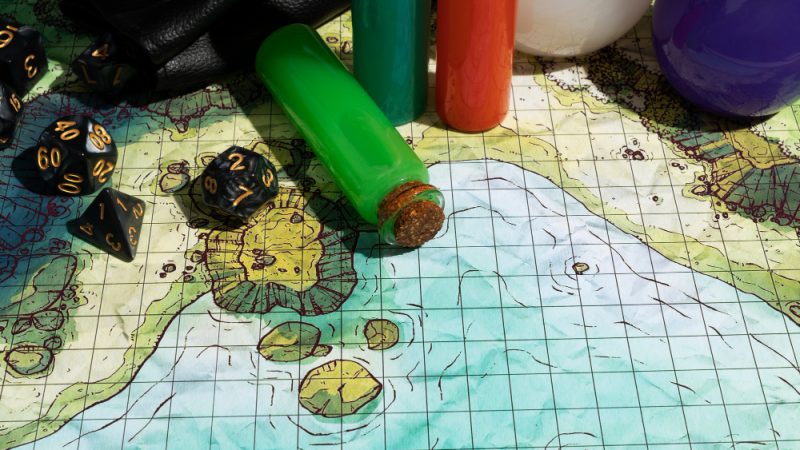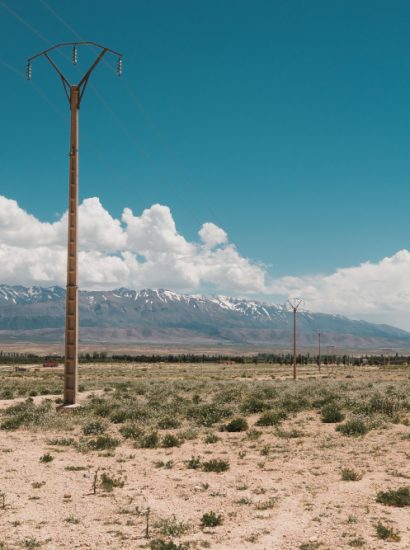Destiny 2 is an expansive online shooter that blends storytelling, loot-hunting, and multiplayer action across an ever-evolving galaxy. One of the most important features for any Guardian is the in-game map system. Whether you’re chasing exotic quests, farming resources, or preparing for PvP battles, understanding how maps, regions, and fast travel points work is key to optimizing your gameplay.
This guide covers every major Destiny 2 map, highlighting key locations, regions, activities, and fast travel nodes so you can plan your journey through the stars more effectively.
Understanding the Destiny 2 Map System
The in-game map provides a visual layout of each destination, showing:
- Regions (zones within planets or hubs)
- Public events and patrols
- Vendors and NPCs
- Lost Sectors and activities
- Fast travel points
Maps are not just static screens—they’re living directories that update as events, expansions, and seasonal content roll out.
The Tower – The Guardian Hub
The Tower serves as the social hub of Destiny 2.
- Purpose: Meet vendors, pick up quests, decode engrams, and access your vault.
- Regions: Courtyard, Bazaar, Hangar, and Annex.
- Fast Travel: You can instantly spawn at the Courtyard, near the Postmaster and Cryptarch.
It’s the central map for regrouping between adventures.
Earth: The EDZ (European Dead Zone)
The European Dead Zone is one of the largest maps in Destiny 2.
- Regions: Trostland, Winding Cove, Firebase Hades, and Outskirts.
- Activities: Lost Sectors, Public Events, and Adventure missions.
- Fast Travel Points: Trostland, Winding Cove, and The Gulch.
The EDZ is ideal for farming resources like Dusklight Shards and completing early-game quests.
Nessus – The Vex Playground
Nessus is a lush but corrupted planetoid overtaken by the Vex.
- Regions: Watcher’s Grave, Exodus Black, and The Cistern.
- Activities: Strikes, public events, and exotic questlines.
- Fast Travel Points: Exodus Black and Watcher’s Grave.
This map is famous for its verticality and the quirky NPC, Failsafe, who guides players through missions.
Titan – The Rig and Siren’s Watch
Titan, Saturn’s moon, is a waterlogged map filled with Hive corruption.
- Regions: The Rig, Siren’s Watch.
- Activities: Hive-themed strikes, Lost Sectors, and public events.
- Fast Travel Points: Siren’s Watch and The Rig.
Although removed in Beyond Light, Titan is expected to reappear in future expansions.
Io – The Cradle of the Traveler
Io was the last place the Traveler touched before going dormant.
- Regions: The Rupture and Lost Oasis.
- Activities: Strikes, Public Events, and story missions
- Fast Travel Points: The Rupture and Lost Oasis.
Io holds deep lore significance and is tied to the Taken and Pyramid ships.
The Moon – Shadowkeep Expansion
Reintroduced with Shadowkeep, the Moon is filled with nightmares and Hive fortresses.
- Regions: Hellmouth, Sorrow’s Harbor, Archer’s Line, Anchor of Light.
- Activities: Nightmare Hunts, Altars of Sorrow, Lost Sectors.
- Fast Travel Points: Sanctuary (near Eris Morn), Sorrows Harbor.
The Moon is one of the most active PvE maps, with frequent public events.
Dreaming City – The Awoken’s Stronghold
The Dreaming City is a mystical endgame zone introduced in Forsaken.
- Regions: Divalian Mists, Rheasilvia, Spine of Keres.
- Activities: The Blind Well, Shattered Throne dungeon, Ascendant Challenges.
- Fast Travel Points: Divalian Mists and Rheasilvia.
This map rotates through a three-week curse cycle, affecting activities and enemy spawns.
Europa – Beyond Light Expansion
Europa is a frozen wasteland where Guardians face off against Eramis and the Fallen.
- Regions: Cadmus Ridge, Asterion Abyss, Eventide Ruins.
- Activities: Empire Hunts, Exo Quests, Deep Stone Crypt Raid.
- Fast Travel Points: Charon’s Crossing, Eventide Ruins.
Europa also introduces Stasis powers, tied directly to the story here.
PvP Crucible Maps
Beyond open-world destinations, Destiny 2 features a set of PvP maps for the Crucible.
- Examples: Control, Survival, and Elimination maps like Bannerfall, Midtown, and Wormhaven.
- Fast Travel: PvP maps don’t have traditional fast travel points, but each mode spawns Guardians in balanced zones.
Crucible maps rotate in seasonal playlists, keeping multiplayer combat fresh.
Conclusion
Destiny 2’s map system is more than a navigation tool—it’s the framework of the entire Guardian experience. From Earth’s EDZ to Europa’s frozen frontier, every map is packed with regions, activities, and fast travel points to streamline exploration. Mastering these maps means faster farming, better quest routing, and smoother gameplay.
Whether you’re chasing exotics, grinding for loot, or dropping into PvP, knowing the map layouts is a key step in becoming a legend among Guardians.
FAQs
1. How do I unlock new maps in Destiny 2?
Most maps are unlocked by progressing through campaigns or expansions. Seasonal content may also introduce temporary zones.
2. Can I fast travel anywhere in Destiny 2?
No. Fast travel is limited to predetermined spawn points like vendors, patrol hubs, or region entries.
3. Which map is best for farming resources?
The EDZ is great for Dusklight Shards, while Europa provides plenty of planetary materials like Herealways Pieces.
4. Are vaulted maps like Io or Titan coming back?
Bungie rotates content, so previously vaulted destinations may return in future expansions.
5. What’s the hardest map in Destiny 2?
The Dreaming City is often considered the toughest, thanks to its curse cycle, high-level enemies, and endgame activities.
Also read: Setting Powder or Setting Spray First? The Right Order Explained









